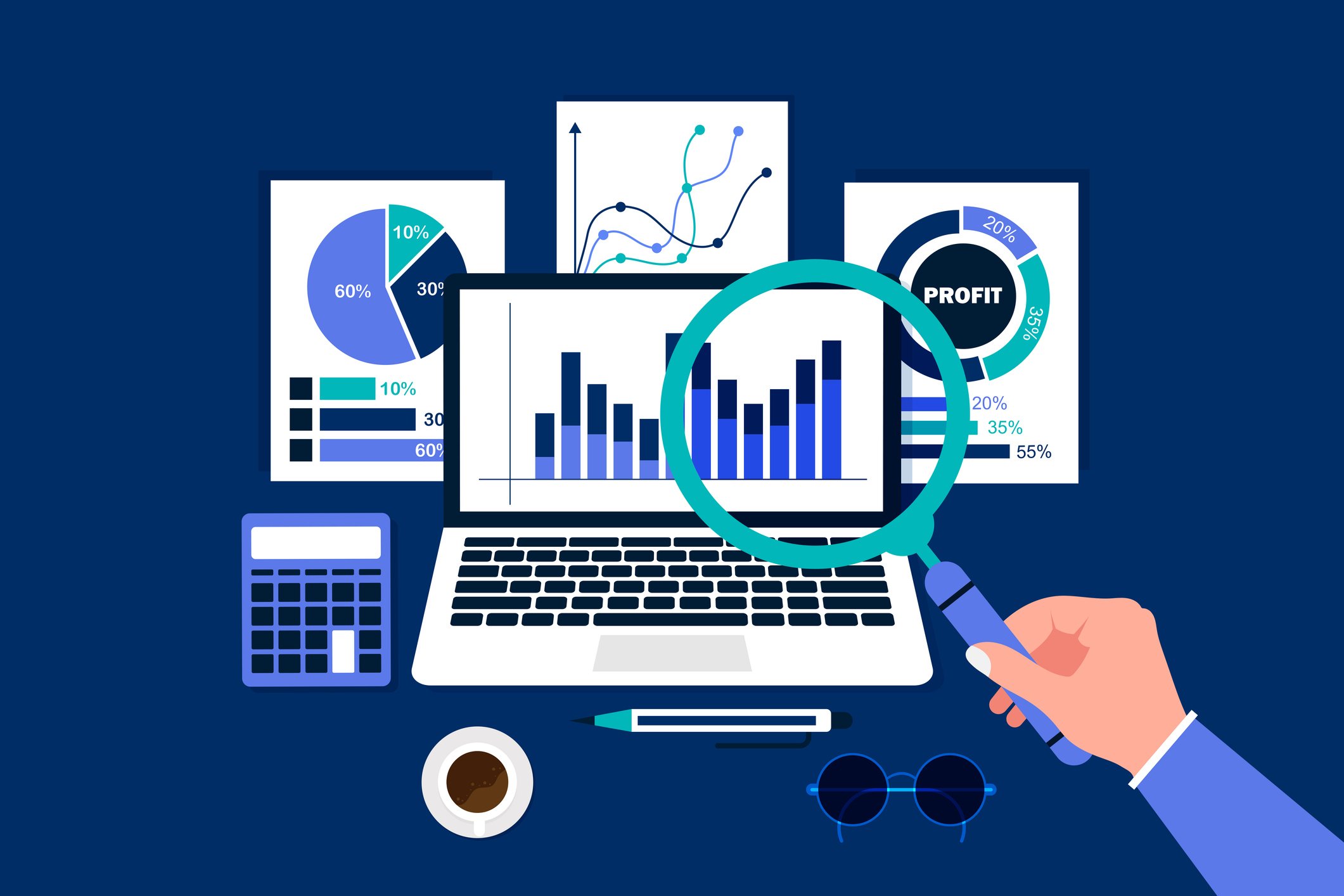Understanding the Differences in Direct Carrier Billing vs. Direct OEM Subscriptions

- October 2025 (3)
- September 2025 (3)
- August 2025 (3)
- July 2025 (2)
- June 2025 (3)
- May 2025 (3)
- April 2025 (3)
- March 2025 (2)
- February 2025 (1)
- December 2024 (2)
- November 2024 (1)
- August 2024 (2)
- June 2024 (3)
- May 2024 (3)
- April 2024 (1)
- March 2024 (3)
- February 2024 (2)
- January 2024 (2)
- December 2023 (1)
- November 2023 (2)
- October 2023 (2)
- September 2023 (1)
- August 2023 (1)
- July 2023 (2)
- June 2023 (3)
- May 2023 (2)
- March 2023 (4)
- January 2023 (2)
- November 2022 (2)
- September 2022 (1)
- August 2022 (2)
- July 2022 (2)
- June 2022 (1)
- May 2022 (1)
- April 2022 (3)
- March 2022 (1)
- February 2022 (3)
- January 2022 (2)
- December 2021 (1)
- November 2021 (1)
- October 2021 (2)
- September 2021 (3)
- August 2021 (1)
- July 2021 (4)
- May 2021 (2)
- April 2021 (2)
- March 2021 (2)
- February 2021 (3)
- January 2021 (3)
- December 2020 (1)
- October 2020 (1)
- August 2020 (1)
- August 2019 (1)
- January 2019 (2)
- September 2018 (5)
- June 2018 (1)
- November 2017 (1)
- September 2017 (1)
- July 2017 (1)
- May 2017 (1)
- January 2017 (1)
- October 2016 (2)
- August 2016 (1)
- July 2016 (1)
- June 2016 (1)
Subscribe by email
As consumers, we pay subscriptions for all kinds of consumer electronics today. Companies pay via subscription for different back-office software, cloud infrastructure, and more. Because they are so popular and provide a lower barrier to entry for new customers, subscription-based models are clearly here to stay for the long term.
In some cases, as is the case with connected devices like mobile phones and smart watches, these subscriptions are enabled and managed through a cellular carrier. Other times, subscribers sign up directly via the manufacturer of a product or service. In this post, we will break down the differences between the two common models: Direct Carrier Billing and Direct OEM Subscriptions.
What Is Direct Carrier Billing?
With direct carrier billing (DCB), users can buy products or subscriptions through their existing cellular carrier. Then, charges are added on to customers’ traditional cell service bill.
Originally, providers used this service to sell add-on features for cellphones like ringtones and wallpapers. Today, DCB has evolved to include other products or services like in-app purchases, digital media, and even physical goods.
While on the surface this may seem to be the simplest setup for end customers, it could create additional complexity if the rest of the customer onboarding process is cumbersome, causing them to avoid ever activating devices in the first place.
Crucially for manufacturers, this method also effectively ends your interaction with your customers while often placing the burden of onboarding and troubleshooting completely on their shoulders.
This is not a recipe for delighting customers or obtaining more frequent purchases of your products and services. On the other hand, direct subscriptions between OEMs and end customers tend to work differently.
How do OEM Subscriptions work?
OEM subscriptions enable manufacturers to have a direct, ongoing financial relationship with their customers by providing the tools needed for customers to onboard themselves and for OEMs to monitor and manage all aspects of their physical and digital offerings.
Manufacturers that want more control over customers’ subscriptions, or that want more flexibility to offer more value-added services, might decide to provide subscription plans to their customers directly, instead of deferring to a carrier billing model.
These direct subscriptions are becoming a more prevalent and more popular choice among manufacturers, as it becomes a point of differentiation for them and can even help extend the life of their offerings.
Consider also that direct relationships also provide OEMs with more insight into their customers. Things like: When they purchase products, how they use them, or even more importantly why they stop using them.
Selling a Product vs. Selling a Platform
Because IoT manufacturers offer solutions that are a unique hybrid of physical goods and digital services, and because the computing infrastructure & connectivity costs to enable those solutions are ongoing, companies need to plan for the fact that they are no longer selling just products, but rather they are selling platforms.
As we’ve mentioned before, IoT solutions fit well with subscription models, and due to their inherent complexity, it makes a lot of sense for OEMs to deliver these solutions to customers directly, allowing them to learn about their customers and improve their offerings over time. Without having these insights (as is the case in a direct carrier billing model), it would be difficult for manufacturers to make the necessary improvements to solutions and business models that are expected from IoT customers today.
Streamlining the Onboarding Process for IoT Subscribers
To better ensure that your direct-to-customer subscriptions find success, it is imperative to streamline the initial onboarding process.
Some recommendations to follow would include:
- Build on the trust your customers already have in your company by leveraging your own brand in a subscription portal. You have that trusted relationship with them, and they will have a different expectation of quality from your services, knowing that it is you providing them.
- Customers want to be able to manage their devices and subscription services from anywhere. Keep this in mind and try to translate this into a seamless mobile experience as well as desktop experience. It shouldn’t matter what device they use to access your services, keep the experience consistent.
- Give your customers compelling subscription options – most of the time, one size does not fit all and with a few solid subscription tiers, you gain the ability to offer a good, better, best scenario to your various customers. Then, you can measure the effectiveness of those tiers to see what works best!
- Consider the potential benefits of offering free trials or limited-time promotions to incentivize more of your customers to try out your services. They need to fully understand the value your are providing before they will be willing to subscribe on an ongoing basis. Don’t lose sight of that goal of encouraging subscription renewals.
- Think about the nitty gritty steps a new customer takes to get started. A new subscriber should have their devices automatically provisioned for cellular connectivity, their account enabled and an automatic welcome notification sent to them. The smoother the process, the more likely customers will be onboarded successfully and will remain subscribers.
To accomplish all of the above:
- Use a billing platform specifically designed for IoT devices
- Have a simple customer service portal
- Track and manage both cellular data usage as well as business intelligence data
- Have a flexible business model that grows with the industry – consider the improved experience of lowering the upfront cost of a solution, but making up for that in a longer and often more profitable, customer lifecycle. (several years instead of once per annum)
How Does Zipit Simplify Subscription Billing for OEMs?
For usage-based IoT subscription plans, Zipit offers an easy way to establish recurring services and for users to manage their subscription tiers. Zipit provides a service that matches the needs and specifics of each OEM product.
Flexibility
Zipit makes it easy to create different featured bundles and subscription price-points. Unlike with DCB, you can customize portals to better suit your vertical market and make it so your subscription offerings are tailored to their needs.
Customer Service Tools
Zipit provides automated notification capabilities so you can alert your customers and remind them to purchase additional data when they begin nearing the end of their current plan.
Easy Tax Management
Managing taxes is one of the more complex aspects of OEM subscriptions. It’s one of the reasons many companies may decide to avoid the subscription path altogether. The Zipit platform has this covered and we work alongside customers to understand their tax liabilities ahead of time, based on what they’re offering and where they offer it.
Connect Globally
Zipit helps you connect customers to a global array of carriers, depending on the geographies you need to support with your solutions.
Zipit is the leader in providing a platform for IoT subscription plans and billing methods that integrate directly with the leading mobile network operators (MNOs) around the world.
Learn more: What Is a Billing Solution and How It Can Grow Your Business?
Connect With Us
Zipit is all about connecting your devices and services with customers in a simple, elegant way.
For over a decade, Zipit has worked with different carrier partners and device manufacturers to connect IoT devices and enable OEMs to offer subscriptions directly to their customers.
If you’re wondering how Zipit may be able to help you, talk to one of our highly experienced experts.
You might also like:
Related Content
The latest IoT insights and platform updates from Zipit.
Whether you're managing thousands of IoT devices, providing cloud-based APIs, or d...
Consumer IoT embeds smart connectivity and automation into familiar products. From...
OSS (Operational Support Systems) and BSS (Business Support Systems) in telecom em...



